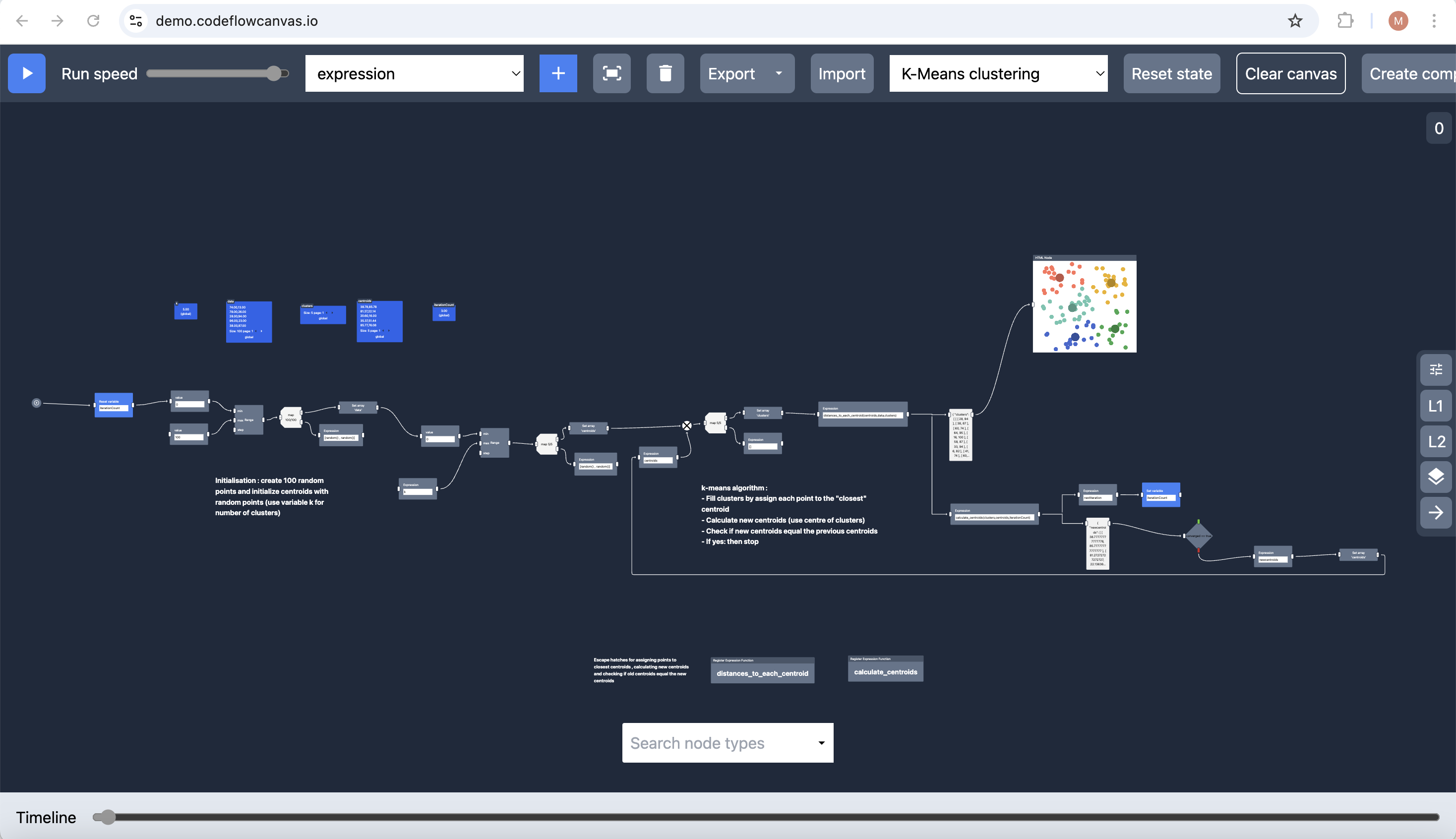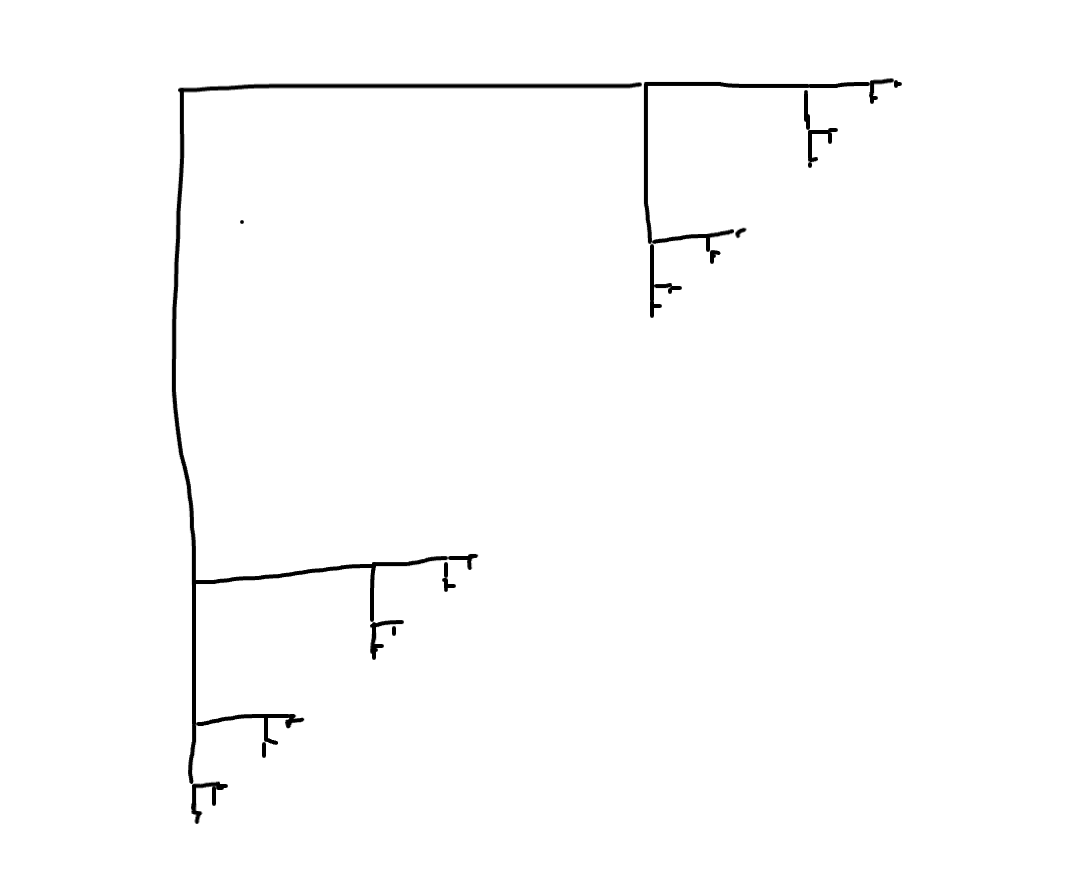✍ Bloom: Optimization-Driven Interactive Diagramming 🔮 The Future of Programming Systems 💬 FoC Bangalore Demos
Our Work
✍ Bloom: Optimization-Driven Interactive Diagramming via Josh Sunshine
We just released Bloom, new way to create interactive diagrams and visual explanations. Creating interactive diagrams usually requires a programmer to write tedious event handling, collision detection, and tree update code. In Bloom, you simply tell the library what properties you want to maintain and the system does the hard work for you. Read this blog post to see cool example diagrams and learn more about Bloom.



[ ] Change Month and Week Number
[ ] focWeekExport "2023-01-19" "2023-01-26"
[ ] Update Search Index
[ ] Download New Attachments
[ ] Update links
[ ] Check that comment links work (push weekly dump with channel summaries)
[ ] Check to mention right person for moved messages
[ ] Summary
[ ] Hashtags
[ ] Set title in newsletter
https://tinyletter.com/
https://tinyletter.com/marianoguerra/letters/
http://localhost:8000/history/
https://marianoguerra.github.io/future-of-coding-weekly/
https://stackedit.io/app#